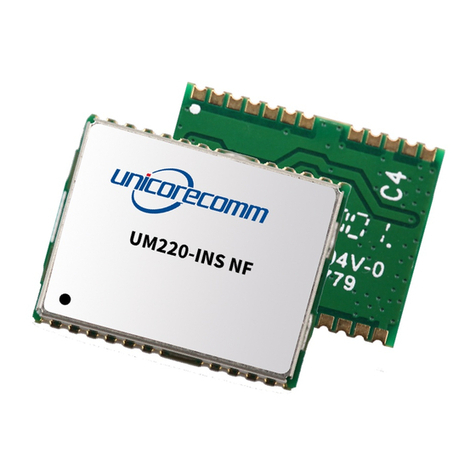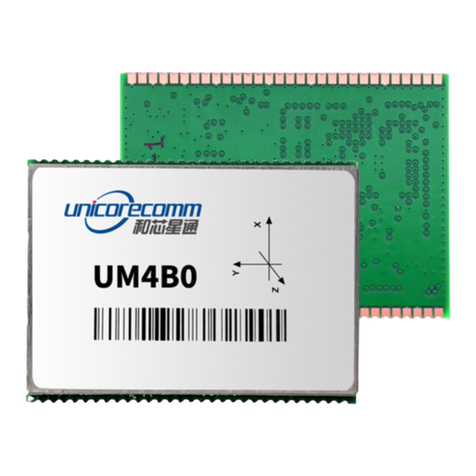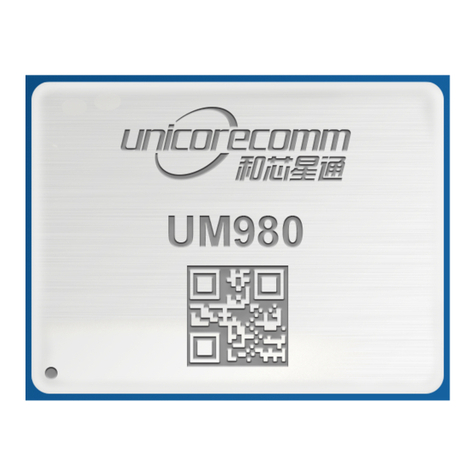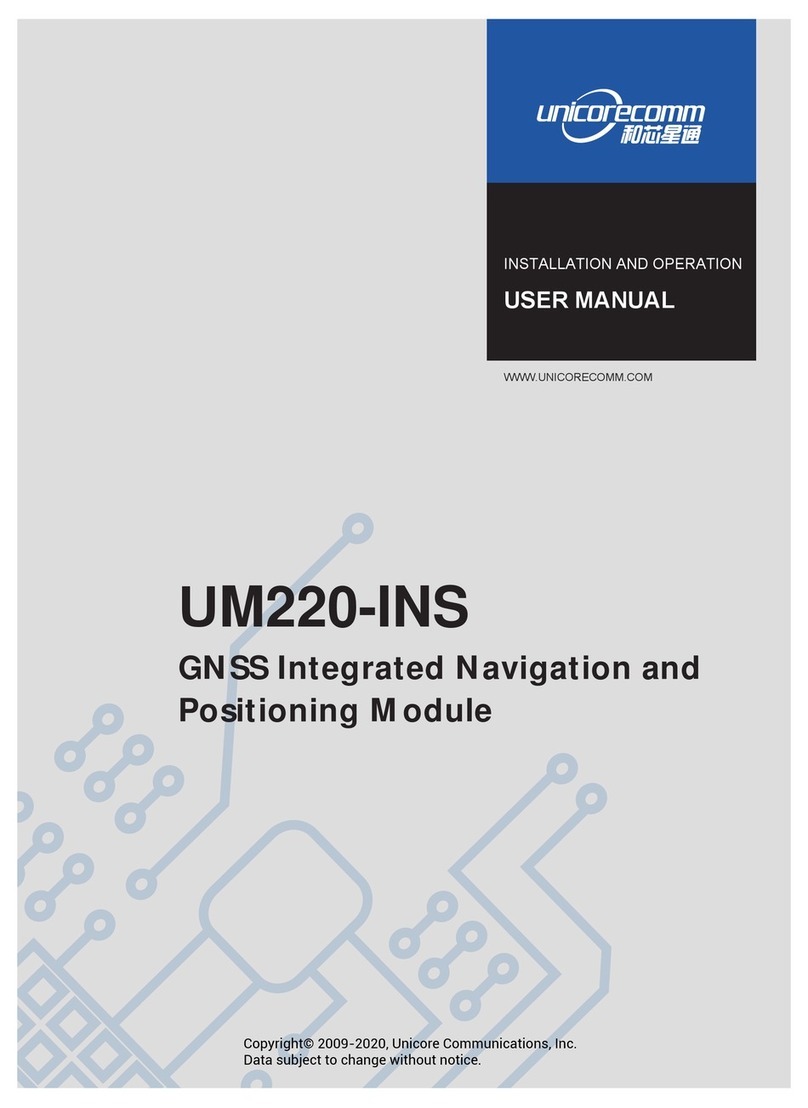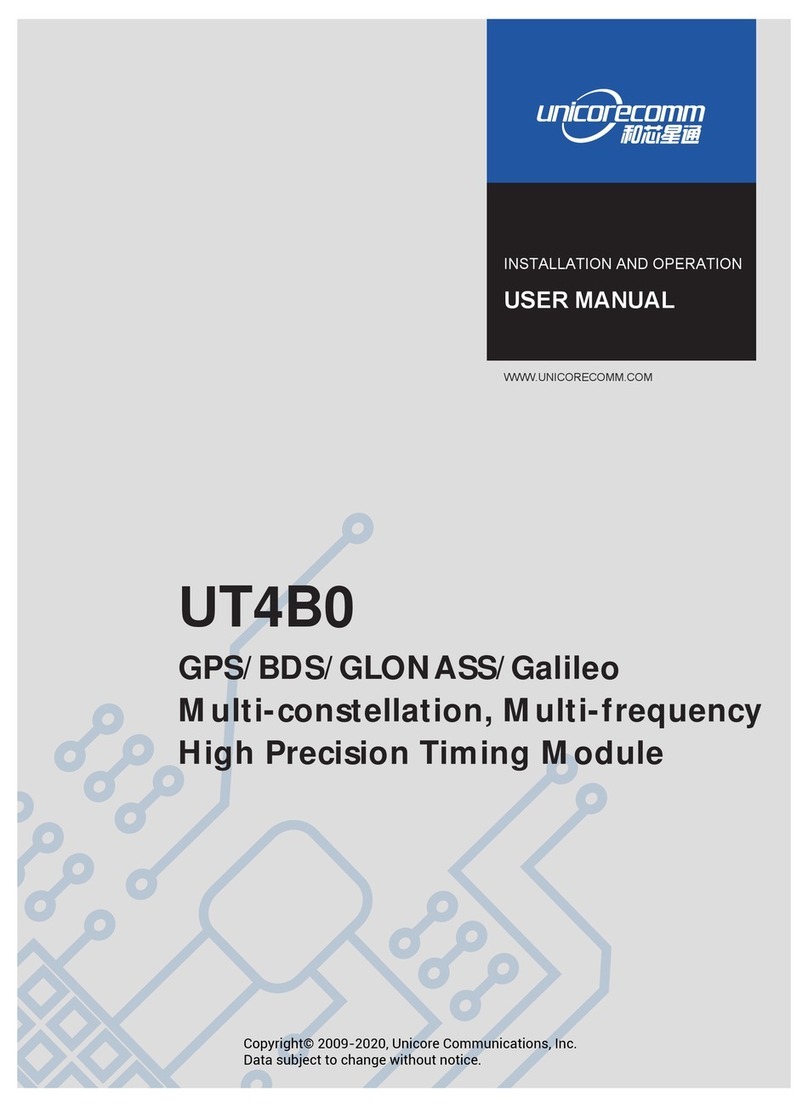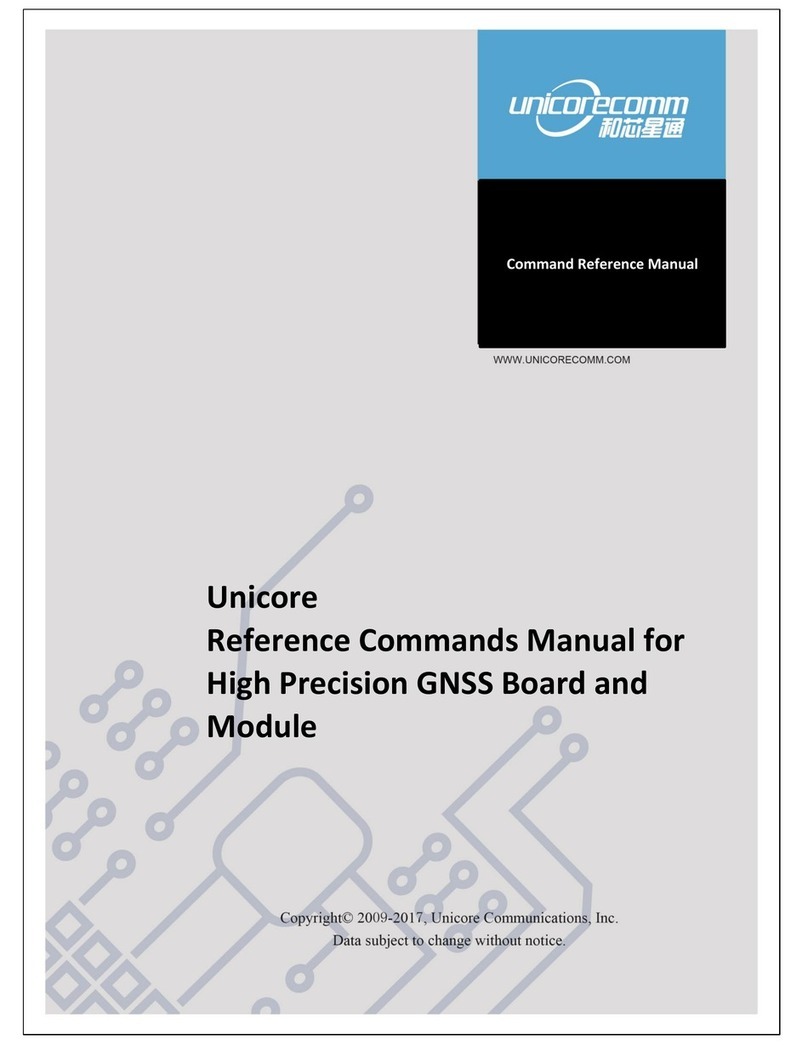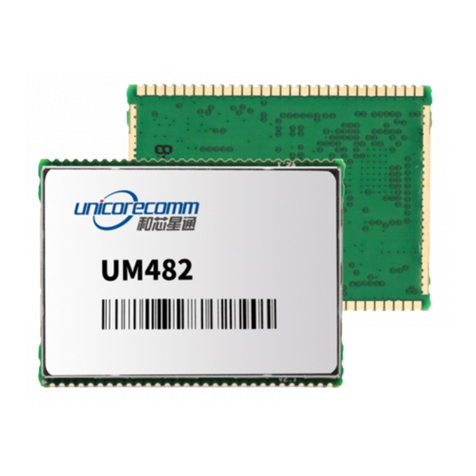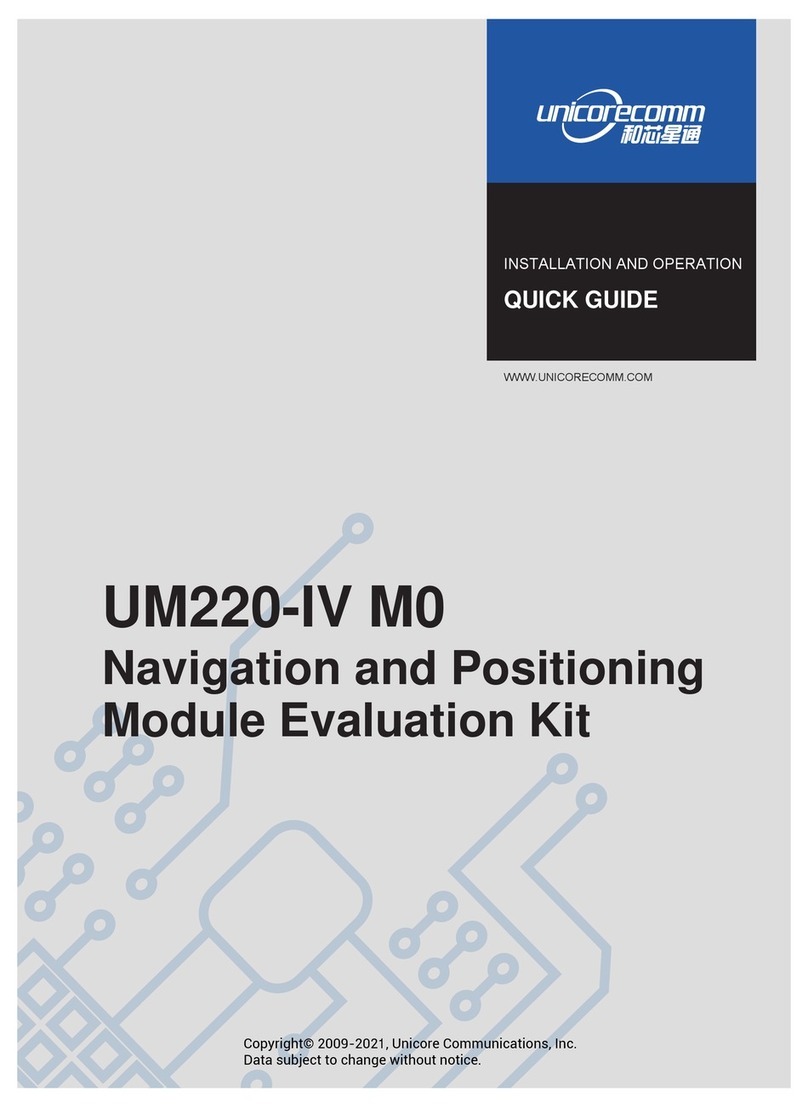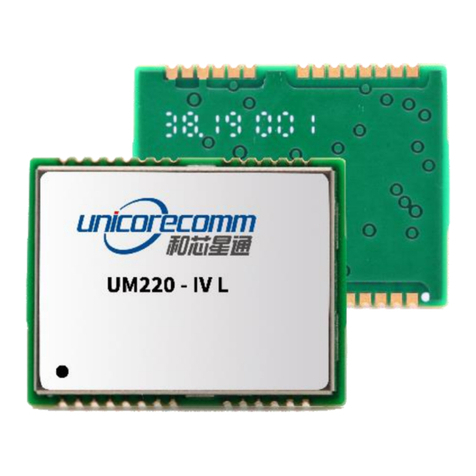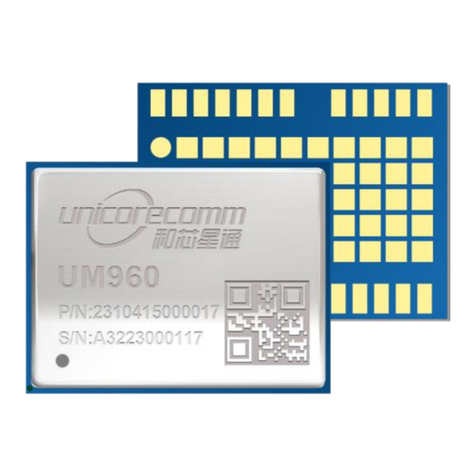Contents
1INTRODUCTION...................................................................................1
1.1 OVERVIEW........................................................................................................................................ 1
1.2 KEY FEATURES................................................................................................................................... 1
1.3 TECHNICAL SPECIFICATIONS ................................................................................................................. 2
1.4 INTERFACES ...................................................................................................................................... 3
2HARDWARE.........................................................................................4
2.1 DIMENSIONS..................................................................................................................................... 4
2.2 PIN DEFINITION AND INS COORDINATE SYSTEM (TOP VIEW)................................................................... 5
2.3 ELECTRICAL SPECIFICATIONS................................................................................................................. 7
2.4 OPERATION CONDITION ...................................................................................................................... 8
2.5 PHYSICAL SPECIFICATIONS.................................................................................................................... 8
3HARDWARE DESIGN ............................................................................9
3.1 DESIGN IN CONSIDERATIONS ................................................................................................................ 9
3.2 UM4B0 REFERENCE DESIGN ............................................................................................................. 10
3.3 PINS.............................................................................................................................................. 11
3.4 PCB PACKAGING ............................................................................................................................. 13
3.5 RESET SIGNAL.................................................................................................................................. 13
3.6 ANTENNA....................................................................................................................................... 13
4INSTALLATION AND CONFIGURATION ...............................................14
4.1 ESD HANDLING PRECAUTIONS ........................................................................................................... 14
4.2 HARDWARE INSTALLATION................................................................................................................. 15
4.3 START UP....................................................................................................................................... 17
4.4 CONFIGURATION AND OUTPUT........................................................................................................... 17
4.4.1 Operation Procedures ............................................................................................................. 18
5CONFIGURATION COMMANDS..........................................................19
5.1 RTK REFERENCE STATION CONFIGURATION .......................................................................................... 21
5.2 RTK ROVER CONFIGURATION............................................................................................................. 22
5.3 MOVING BASE CONFIGURATIONS........................................................................................................ 22
5.4 HEADING CONFIGURATION ................................................................................................................ 22
6ANTENNA DETECTION .......................................................................23
7INERTIAL NAVIGATION ......................................................................23
8FIRMWARE UPGRADE........................................................................24
9PRODUCTION REQUIREMENT............................................................26
10 PACKAGING....................................................................................27

